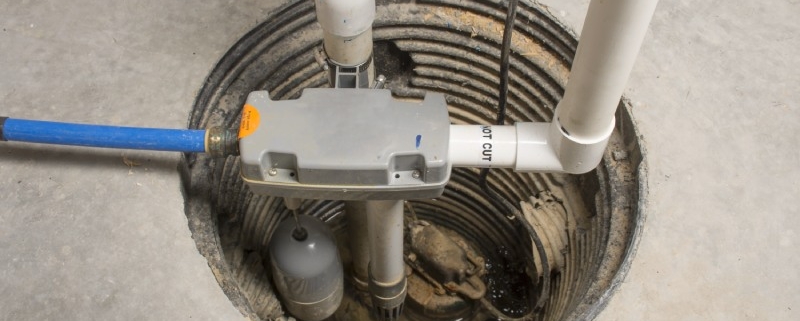Are you worried about basement flooding the next time there’s a storm? Then you need to know about sump pumps.
These powerful systems can give you peace of mind the next time there’s heavy rainfall. They can make the difference between a dry or flooded home. But what, exactly, is a sump pump? And how does a sump pump work in a basement or elsewhere?
Our team answers these questions and more below.
What Is a Sump Pump?
“Sumps” are low spaces where water accumulates. In homes, we can think of a basement or crawlspace as a “sump”, because it’s the lowest spot in the property.
A sump pump, then, is a mechanism used to remove standing water from the basement or crawlspace. The goal is to prevent flooding and protect the property’s foundation from water damage.
Sump pumps are built into a hole, or space, in your basement. When water levels rise, the pump activates and drains the water away from your home. There are various types of sump pumps, but the most common include battery backup and water powered pumps.
How Do Battery Backup Sump Pumps Work?
Sometimes, storms cause power outages. However, a battery backup sump pump includes a float switch. So, even if a storm knocks out your power, the pump still works. It just switches from using electricity to the battery backup.
How Do Water Powered Sump Pumps Work?
A water powered sump pump actually uses water pressure to pump excess water away. It’s handy because there’s no battery or power supply. The downside is the risk of higher water bills due to increased water usage.
Due to IL codes and regulations, water pumps are uncommon in the state. They should not be the primary sump pump for any home.
Sump Pump Benefits
There are many benefits to installing a sump pump in your home.
- Sump pumps help to prevent structural damage from pooling or standing water.
- If there’s a flood, sump pump can protect your valuables from water damage.
- A sump pump can help to reduce mold and dampness, which improves air quality.
- Heavy rainfall is increasingly common across Illinois, so a sump pump could boost your home’s value.
Do You Need a Sump Pump?
Ultimately, it depends on your property. Here are signs you will benefit from a sump.
- You use your basement to store valuables and other property.
- Your basement has flooded before.
- You live in an older property with possible mold or mildew problems.
- Your home is in an area prone to storms and heavy rainfall.
Even if you don’t have a basement or need a sump pump, you might need flood protection. Our plumbers are happy to inspect your property and recommend what type of flood protection works best.
Sump Pump Repair and Installation in Elgin, IL
Flooding or high water levels can cause severe property damage. That’s why you probably need a sump pump – and you definitely need to service it regularly!
Don’t put your home’s foundation at risk. Call Fox Valley Plumbing for a sump pump installation or repair today.






